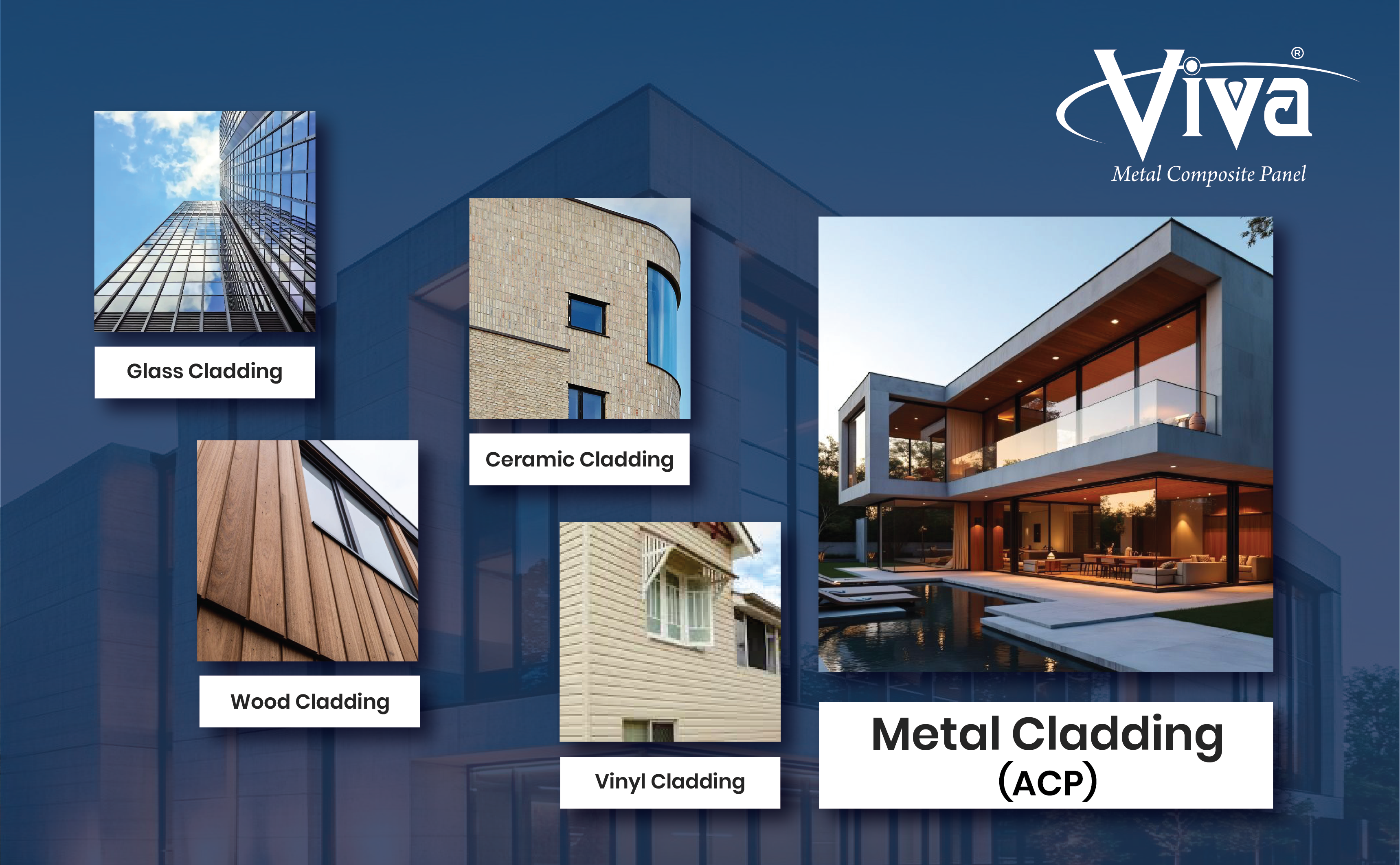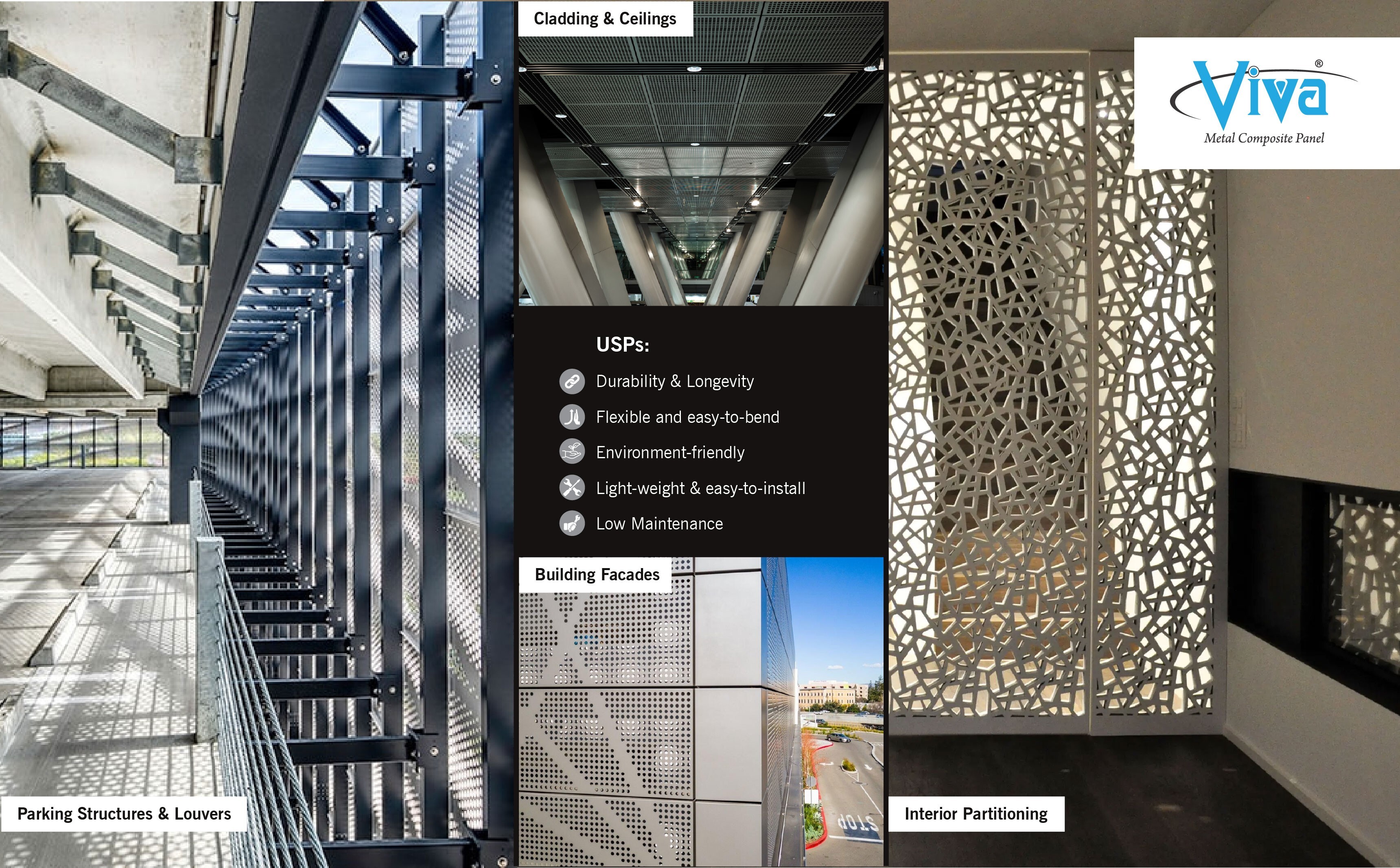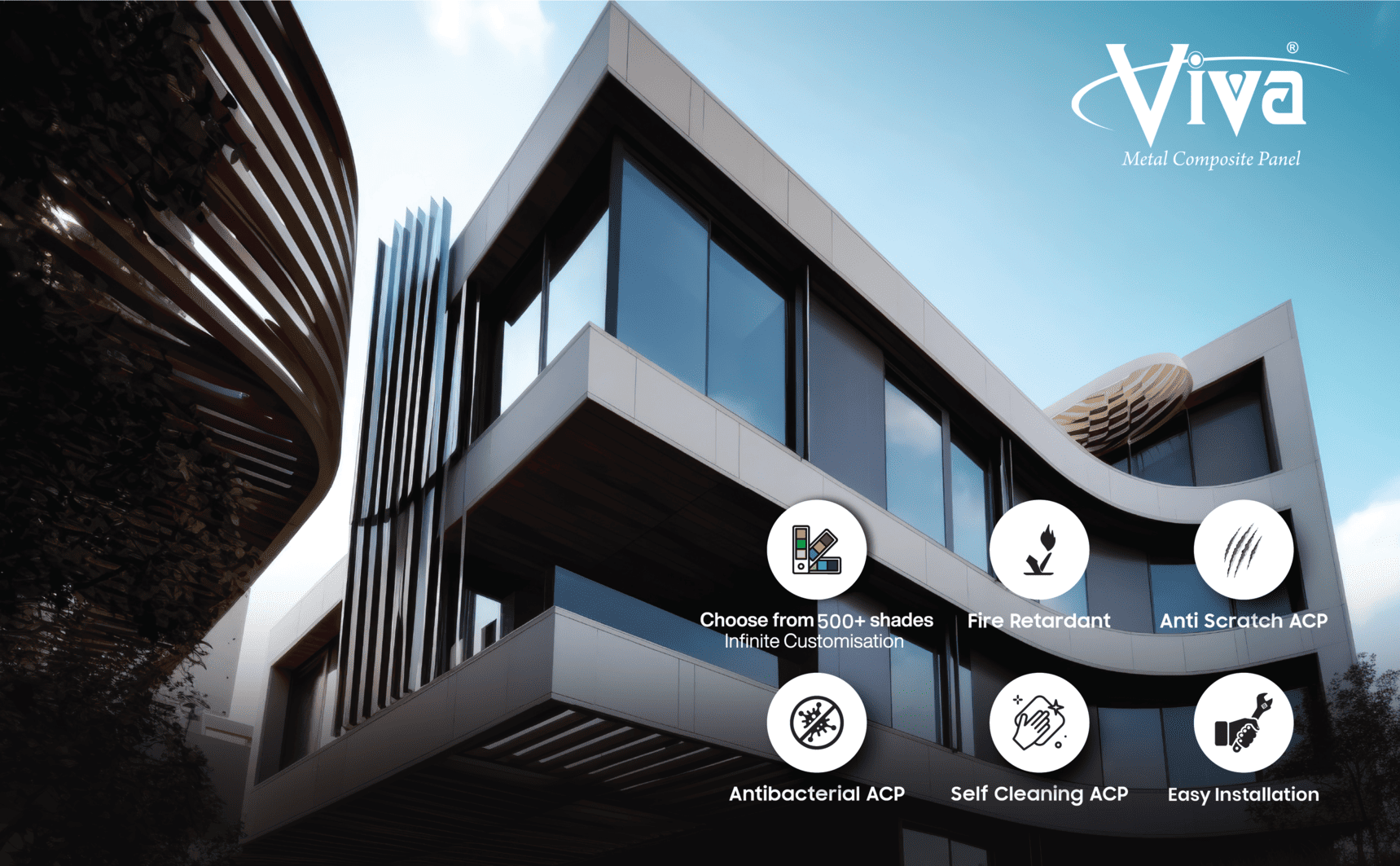
In commercial buildings, walls are not meant to be dull. They have their own stories to tell. Contractors and engineers usually install wall cladding panels to completely change the exterior and interior of a building. These panels look artistic, add a protective layer, improve durability, and can even boost energy efficiency.
But with so many options available today, choosing the right wall cladding for your project can feel overwhelming. This article walks you through wall cladding panels, the various types available, and how you can choose the right one with better longevity and low maintenance:
3. Timber Cladding
With each passing year, the popularity of eco-friendly design is increasing. For contractors and engineers, this means choosing sustainable materials. The timber wall cladding panels involve using natural or engineered wood panels. They add a warm and organic appearance to the exterior and interior. While they look elegant, they may need more frequent maintenance and regular treatment to prevent them from rotting, pests, or fading.
4. Vinyl Cladding
These lightweight PVC-based claddings are affordable, low-maintenance, and weather-resistant. For projects under a strict budget, they are the perfect choice. They are also used for quick renovation. But in terms of appearance, they may not be as good as stone or metal wall cladding panels.
5. Glass Cladding
Commercial buildings, especially office spaces, use glass panels on facades or interiors. They look modern and sleek, allowing natural light to enter the space and also visually expanding spaces. These panels need regular cleaning to maintain shine. You also need to consider the type of glass you are using, so they don’t shatter.
6. Metal Cladding
Wall cladding panels, made of metal like aluminium, steel, zinc, or copper, are gradually becoming more and more popular in industrial and modern architectural styles. These panels are strong, modern, durable, and often recyclable. However, some might get oxidized and rust when exposed to moisture.
That is why the demand for aluminum composite panels has increased. ACP is a sandwich panel made of two aluminium sheets bonded to a non-aluminium core. It offers outstanding durability, design flexibility, and a sleek finish.
Why Are Aluminium Composite Panels Becoming Popular in Wall Cladding?
Aluminum composite sheets have found their use not just as wall cladding panels, but also for facade, signage, and furniture. Here’s why more architects, contractors, and property owners are choosing them:
1. Lightweight Yet Strong
ACP panels are very light compared to natural stone or solid metal sheets. This makes transportation and installation effortless without compromising structural strength.
2. Design Flexibility
ACP panels are available in an array of colours, textures, and finishes. Manufacturers like Viva offer 500+ shades, including wood grain, metallic, marble, and even custom prints. So, designers can get creative while maintaining a professional finish.
3. Weather Resistance
ACP cladding stands up to harsh sunlight, heavy rain, and fluctuating temperatures without losing its look. It’s also resistant to corrosion, making it ideal for coastal or humid climates.
4. Cost-Effective
While offering a premium appearance, ACP is more affordable than natural stone or glass cladding. Its low maintenance needs also save money in the long run.
5. Easy Installation
These wall cladding panels are easy to cut, bend, and shape with standard tools, making them suitable for both simple and complex design requirements. This also speeds up project timelines.
6. Fire Safety Options
Modern ACP manufacturers offer fire-retardant cores that enhance building safety, a must for commercial and high-rise projects.
7. Sustainability
At Viva, our ACP panels are recyclable, and we also use recycled materials for eco-friendly building goals and green certifications.
How to Choose the Right Wall Cladding Panel for Your Project
When selecting cladding, consider these key factors:
1. Purpose and Location
When designing, the exterior cladding must be weather-resistant and durable. The interior cladding, on the other hand, can prioritise aesthetics and indoor-friendly materials.
2. Design Vision
Designers prefer to match the cladding’s colour, texture, and finish with the project’s architectural style, whether it’s modern minimalism, industrial chic, or heritage elegance.
3. Maintenance Requirements
Some materials, like timber or stone, need regular upkeep, while others, like ACP or vinyl, are almost maintenance-free.
4. Budget
It is essential to determine both your upfront and long-term costs. While it may not seem like much at first glance, low maintenance and long-lasting materials can save more over time.
5. Installation Timeline
For projects with tight deadlines, materials like ACP or vinyl that are quicker to install can be a smart choice.
The Bottom Line
A strong foundation is essential for any structure. However, its appearance holds equal importance, be it for residential, commercial, or industrial structures. Choosing the right wall cladding panels not only looks visually appealing but also protects your building from harsh weather. Viva’s ACP panels are fire-resistant, anti-bacterial, and anti-scratch, which look as good as new even after years.





 en
en
 Spanish
Spanish Arabic
Arabic Swahili
Swahili French
French
